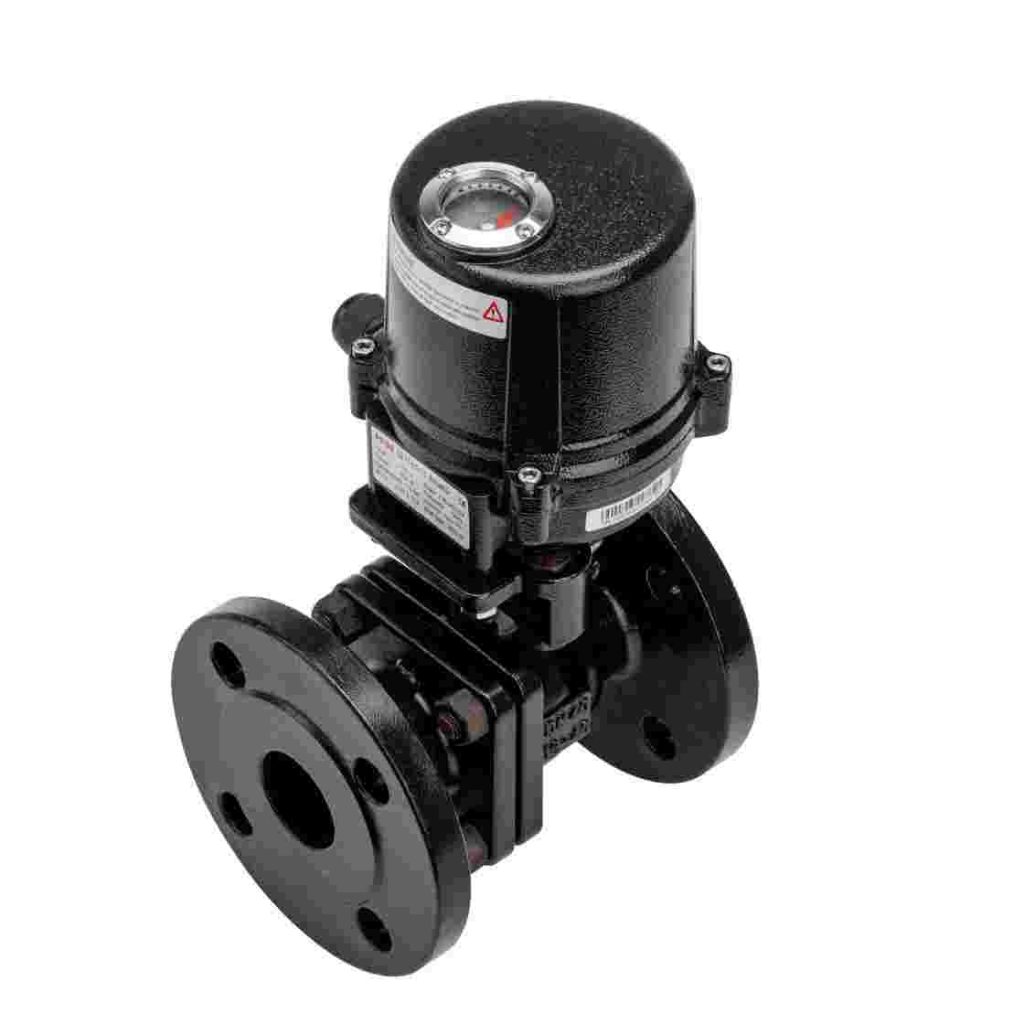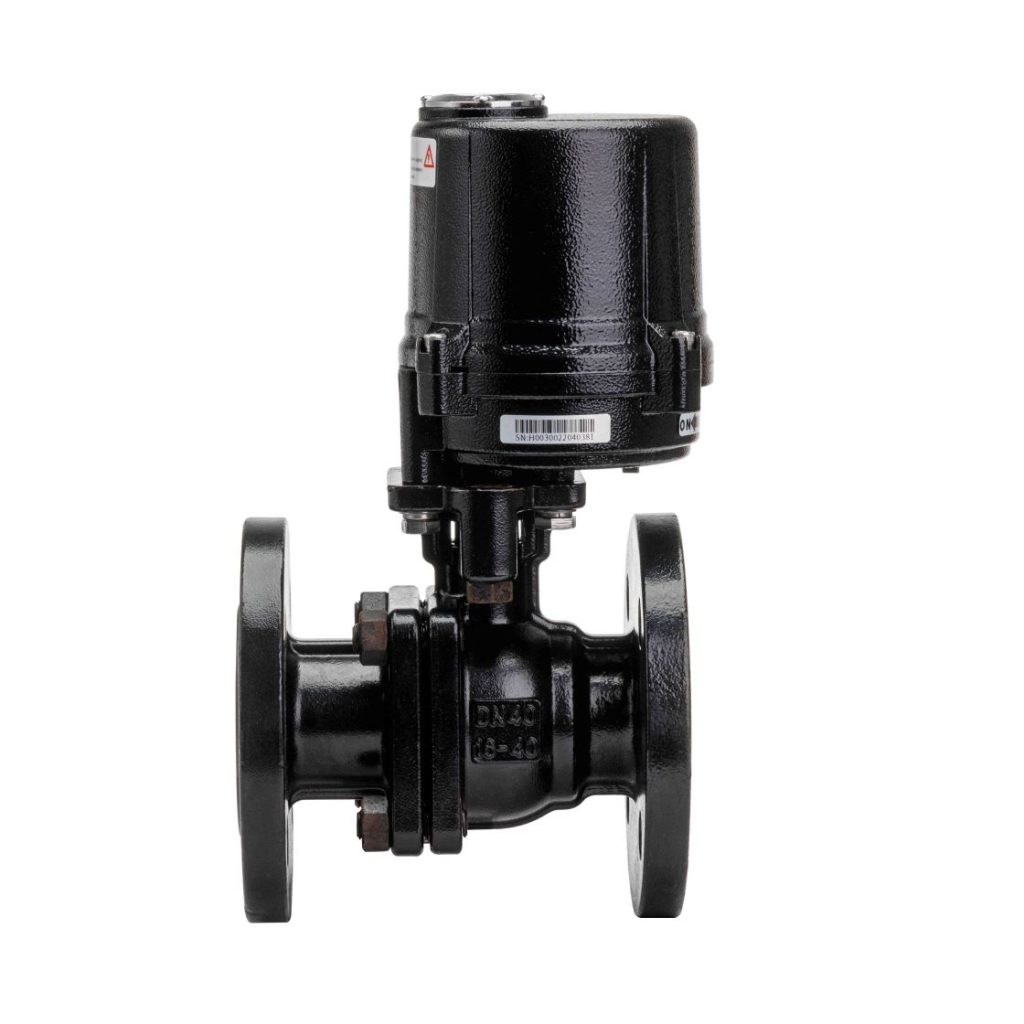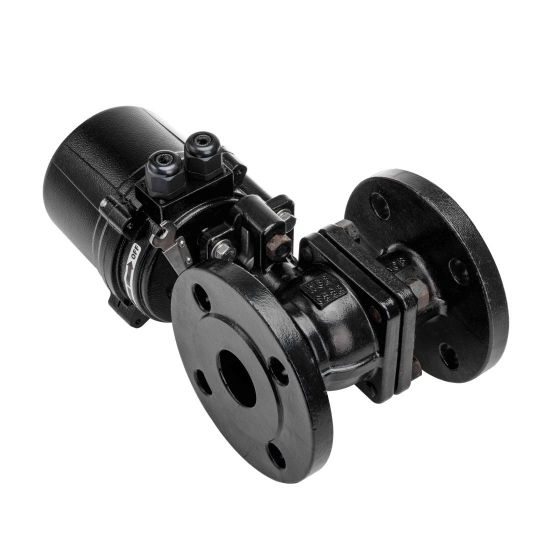Electric high temperature ball valves are crucial components in various industrial applications, particularly where high temperatures and precise control are necessary. These valves combine the functionality of ball valves with electric actuation, providing enhanced performance, reliability, and automation in fluid control systems. This article explores the design, features, advantages, and applications of electric high temperature ball valves, highlighting their significance in modern industrial processes.

Design and Functionality

Electric high temperature ball valves are designed to control the flow of fluids in pipelines while withstanding high temperatures, often exceeding 200°C (392°F). The valve consists of a spherical disc (the ball) with a hole through its center. When the valve is open, the hole aligns with the pipeline, allowing fluid to flow through. Conversely, when the valve is closed, the ball rotates to block the flow. The electric actuator, which can be either a linear or rotary type, controls the ball’s position. The construction materials of electric high temperature ball valves are engineered to endure extreme thermal conditions. Common materials include stainless steel, which provides strength and corrosion resistance, and special alloys designed for high-temperature applications. Additionally, the valve seals are often made from high-performance elastomers or Teflon, ensuring they maintain integrity even under thermal stress.
